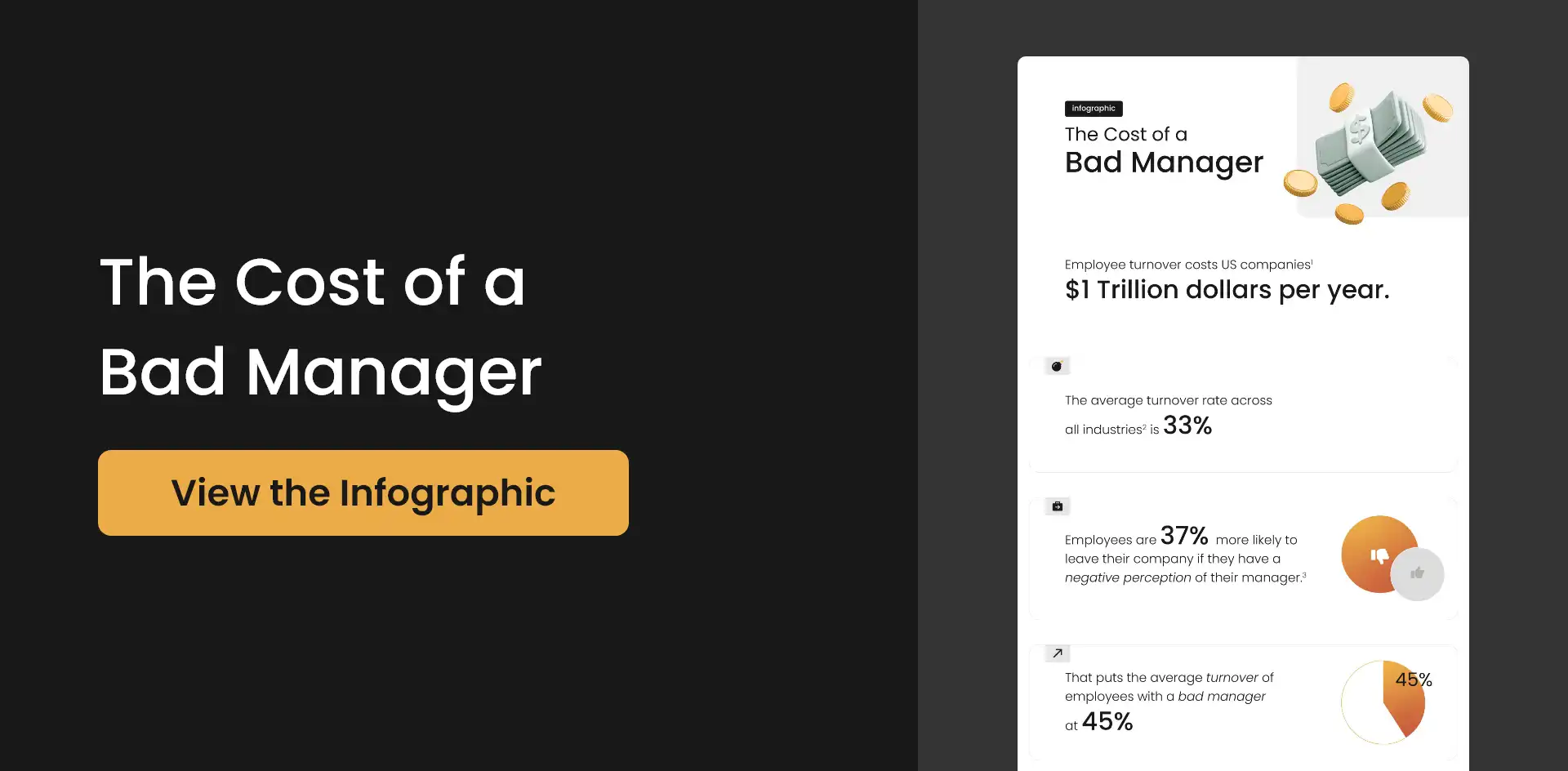Watch this video on 6 ways managers can improve creativity and team decision making.
In effective team decision making, there needs to be a balancing between what the group leader does and what group members do. This is an important focus in group decision-making strategies that promote positive company culture and outcomes. The key is balancing the leader’s creativity with the group’s creativity to reach the optimal zone.
If you are looking to expand the zone of decision-making creativity in your workplace, here are six suggestions to consider.
1. Be mindful. What is the desired outcome?
Transparency and collaboration mean more than giving employees a say or a vote on what the group is going to do. They mean group members have a voice that is listened to and they actively participate in company and team decision making. Effective leaders are mindful of employees’ voices and actively seek their input.
2. Don’t act bureaucratically. Avoid “My way or the highway.”
A bureaucratic top-down leader makes a decision and requires the group to implement it, without input or feedback. This may increase group efficiency in the short term, but it diminishes team buy-in and creativity in the long term.
3. Don’t drag decision making out too long. Avoid “analysis paralysis.”
When decision making is drawn out too long and too many options are evaluated in too much detail, group creativity may be high initially but quickly decreases as the process takes too much time.
4. Trust yourself. Trust your team.
Good decision making requires leaders to trust in his or her own decision-making ability, and also to trust in the group’s ability to generate ideas and solutions that are beneficial.
5. Add resources. Remove obstacles.
An effective leader must be aware of needed resources and unnecessary obstacles in the decision making process, then use the hiring process and skills training to add those needed resources.
6. Read the Group. Develop each member.
Sometimes the leader’s mere recognition and encouragement of an individual member’s skills, attitude, or efforts may be that one thing which “grows” that person into a strong collaborative member of the team.
Conclusion: Achieving the zone of proximal creativity in team decision making.
Balancing the leader’s creativity with the group’s creativity is a necessary in team decision making. This balancing act creates more than just satisfied employees. It optimizes the process. This is how, where, and when good decisions are made.



